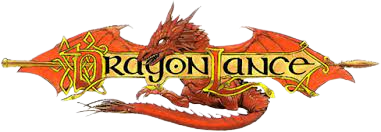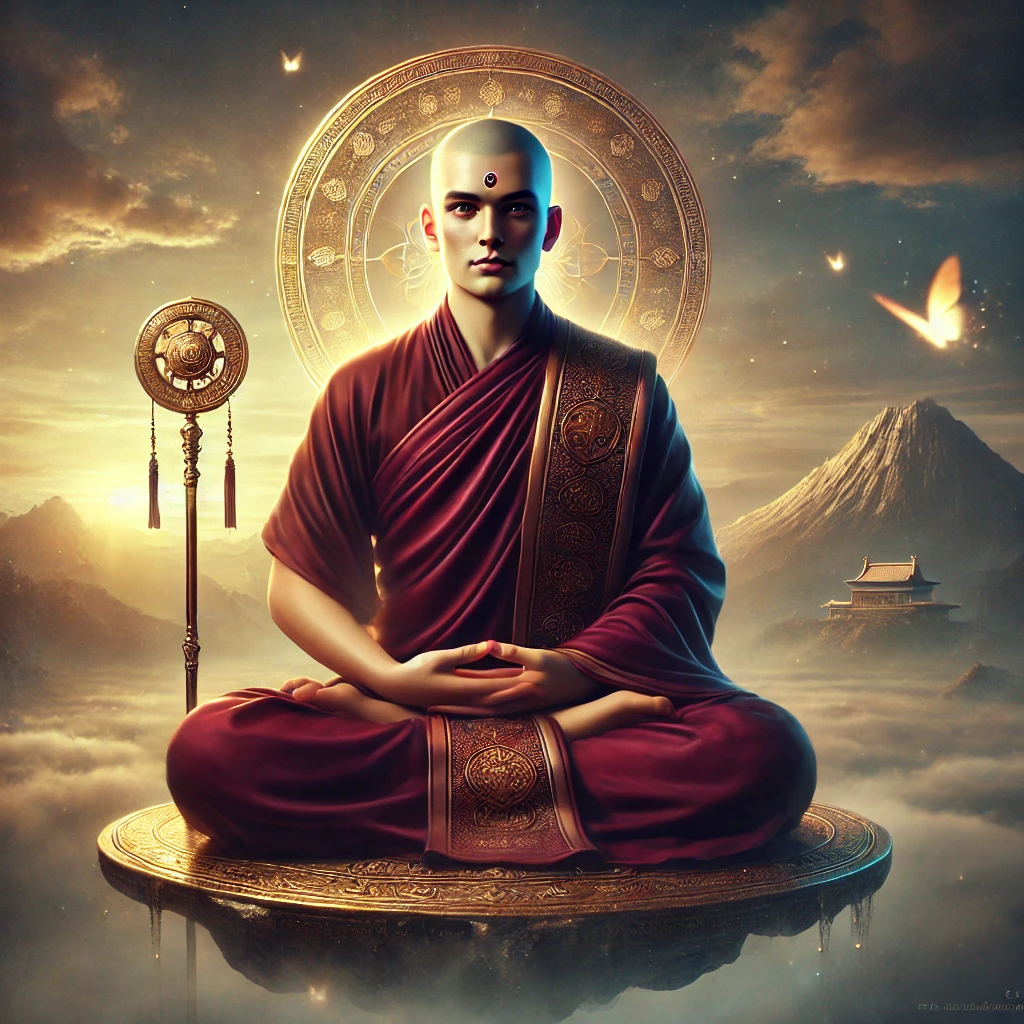Majere, the Master of Discipline
Table of Contents
ToggleIntroduction
In the world of Dragonlance, where gods shape the destinies of Krynn, Majere stands apart from the struggles of war, conquest, and ambition. Known as the Pathfinder, the Master of Discipline, and the God of Meditation, Majere embodies wisdom, enlightenment, and self-mastery. He teaches that true strength is not found in battle, but in the discipline of the mind, the purity of purpose, and the rejection of worldly distractions.
As one of the Gods of Good, Majere does not command armies like Kiri-Jolith, nor does he heal the wounded like Mishakal. Instead, he offers guidance to those who seek inner strength, wisdom, and understanding, believing that self-discipline and spiritual enlightenment are the keys to true power.
Origins and Role Among the Gods
Majere was created by the High God to be the voice of wisdom and self-perfection, a guide for those who seek to rise above the temptations of the world. He stands among the Gods of Good, working alongside Paladine and Mishakal, though his focus is not on war or healing, but on the path to enlightenment.
He does not seek worship or dominance—instead, he whispers to those who are ready to shed their earthly distractions and embrace the pursuit of knowledge, self-discipline, and spiritual growth.
Domains and Influence
Majere is the god of:
- Wisdom and Enlightenment – Teaching that true power comes from knowledge and understanding.
- Discipline and Self-Mastery – Encouraging the pursuit of perfection through training and meditation.
- Simplicity and Detachment – Teaching that material wealth and indulgence are illusions that distract from truth.
- Loyalty and Devotion – Inspiring those who seek purpose in serving a greater cause beyond themselves.
His influence is strongest among monks, philosophers, ascetics, and those who dedicate themselves to lives of study and contemplation.
Majere’s Followers and Their Ways
Majere’s followers do not build grand temples or gather in large congregations. Instead, they form small monastic orders, living lives of prayer, meditation, and training. They shun luxury, believing that the pursuit of wisdom requires detachment from worldly distractions.
His followers include:
- Monks and Disciples – Those who dedicate their lives to physical and spiritual perfection.
- Philosophers and Sages – Seekers of wisdom who strive to understand the deeper truths of the world.
- Hermits and Ascetics – Individuals who reject material wealth in pursuit of spiritual enlightenment.
- Honorable Warriors – Those who fight with discipline, not for personal gain but for a cause greater than themselves.
To serve Majere is to walk a path of patience, discipline, and understanding, rejecting the chaos and distractions of the material world.
Symbols and Worship
Majere is often depicted as a serene, bald man in flowing robes, with six golden arms, each performing a different sacred gesture. Among his followers, he is sometimes represented as a golden insect, often a mantis, symbolizing patience, discipline, and quiet strength.
His sacred symbols include:
- A golden mantis – Representing patience, discipline, and focus.
- A simple red rose – A symbol of peace and enlightenment.
- An open hand – Signifying wisdom, teaching, and self-mastery.
Temples to Majere are small, modest, and unadorned, often located in remote mountain monasteries or quiet places of meditation.
Worship and Rituals
Majere’s worship is not loud or ceremonial—it is a personal journey. His followers do not seek grand blessings, but instead dedicate themselves to daily discipline, meditation, and study.
Key rituals include:
- The Hour of Reflection – A daily practice of deep meditation, seeking clarity and enlightenment.
- The Trial of the Body – A test of endurance and discipline, where followers push their limits to strengthen their will.
- The Path of Silence – A sacred vow of silence, taken for a period of time, to cultivate wisdom through observation.
Majere does not demand blind faith—he asks only that his followers seek wisdom, discipline, and self-control.
Allies and Rivals Among the Gods
As a God of Good, Majere shares deep ties with:
- Paladine, who respects his wisdom and dedication to truth.
- Mishakal, whose healing work aligns with Majere’s belief in balance.
- Kiri-Jolith, who upholds discipline in battle, much like Majere upholds it in training.
However, he despises:
- Hiddukel, the god of lies, who tempts mortals with greed and corruption.
- Morgion, the god of disease, whose sickness destroys both body and mind.
- Zeboim, the chaotic sea goddess, whose recklessness contradicts Majere’s belief in control and order.
Majere does not seek war or conflict, but he stands against those who spread ignorance, greed, and corruption.
Majere in Legends and Stories
The Silent Monk and the King
One of the most well-known legends tells of a time when a great king sought Majere’s wisdom. He summoned the greatest monks of Krynn, demanding that they explain the secret to happiness.
One monk, a disciple of Majere, stood silently before the king, refusing to answer. The king grew furious, demanding an explanation. The monk finally spoke: “Happiness is found in silence, not in words.”
The king, humbled, dismissed his court and spent the rest of his life seeking true wisdom through meditation.
The Six-Armed Ascetic
Another tale tells of how Majere himself once walked Krynn, disguised as a simple man. He was challenged by a warlord, who mocked his peaceful ways and demanded that he fight.
Majere simply smiled and raised his arms—one, two, then six golden arms unfolded from his robes. The warlord, realizing he faced not a man, but a god, fell to his knees and vowed to dedicate his life to wisdom instead of war.
From that day forward, it is said that those who truly seek enlightenment may glimpse Majere’s golden arms guiding them in meditation.

